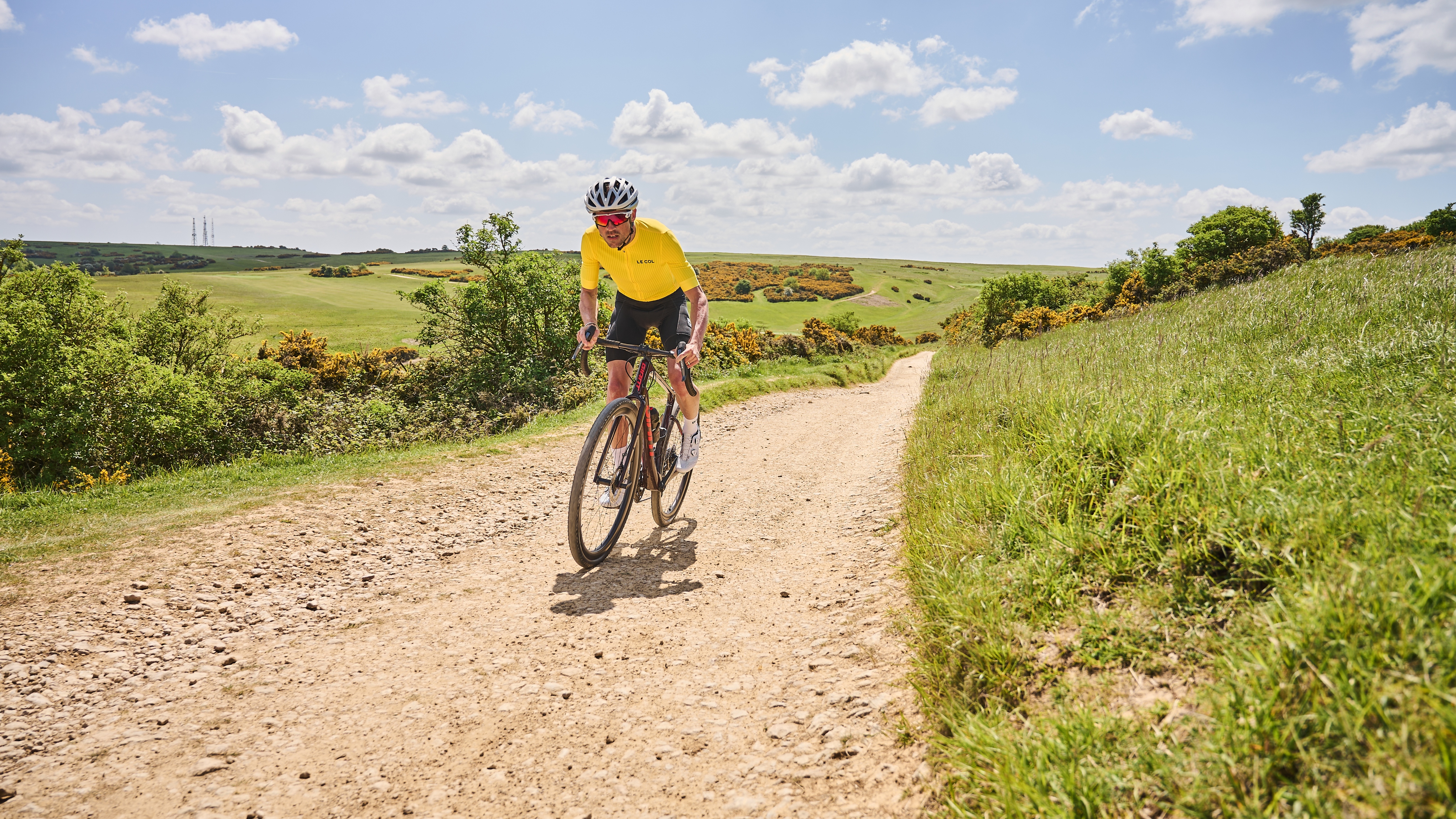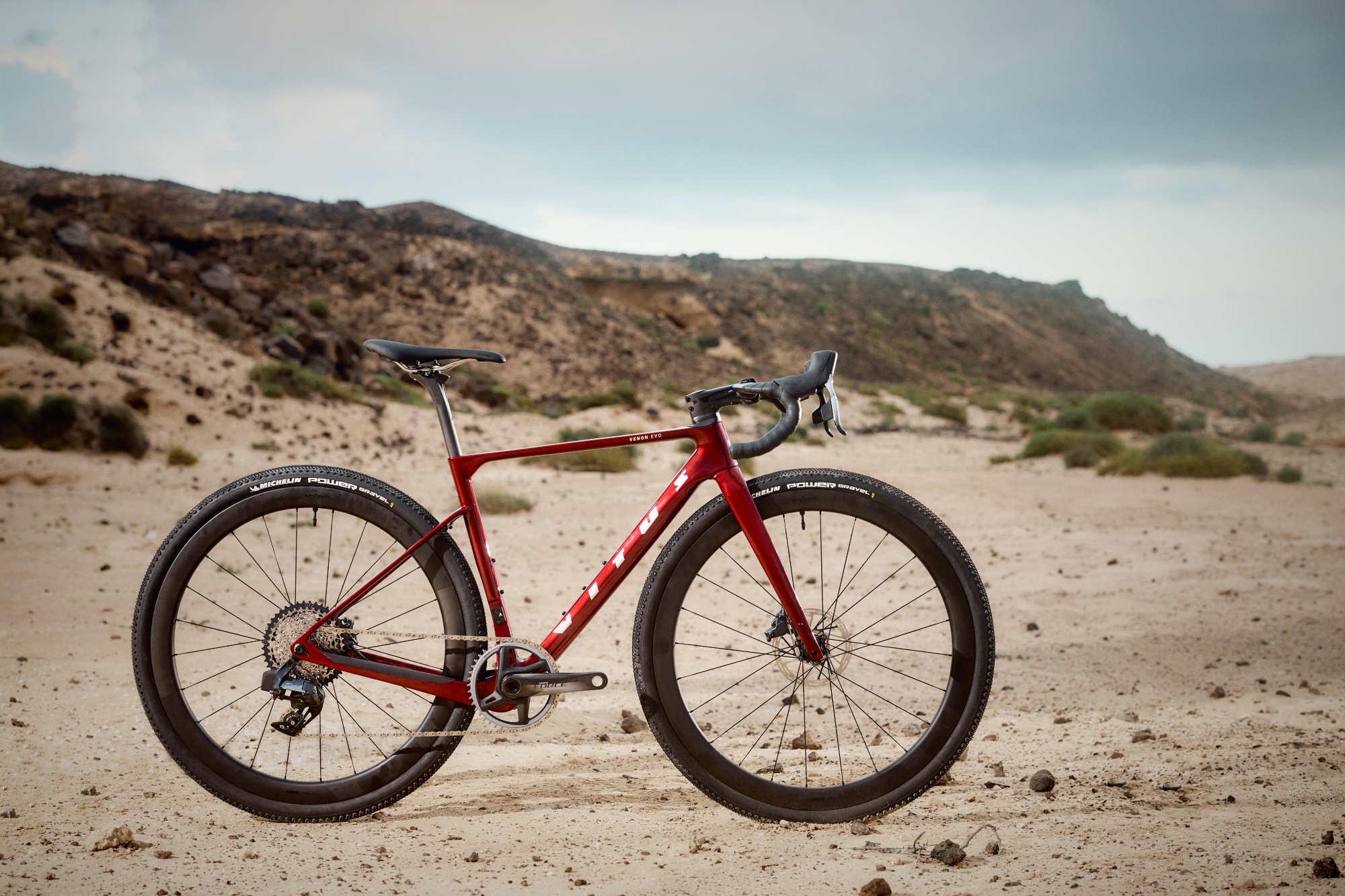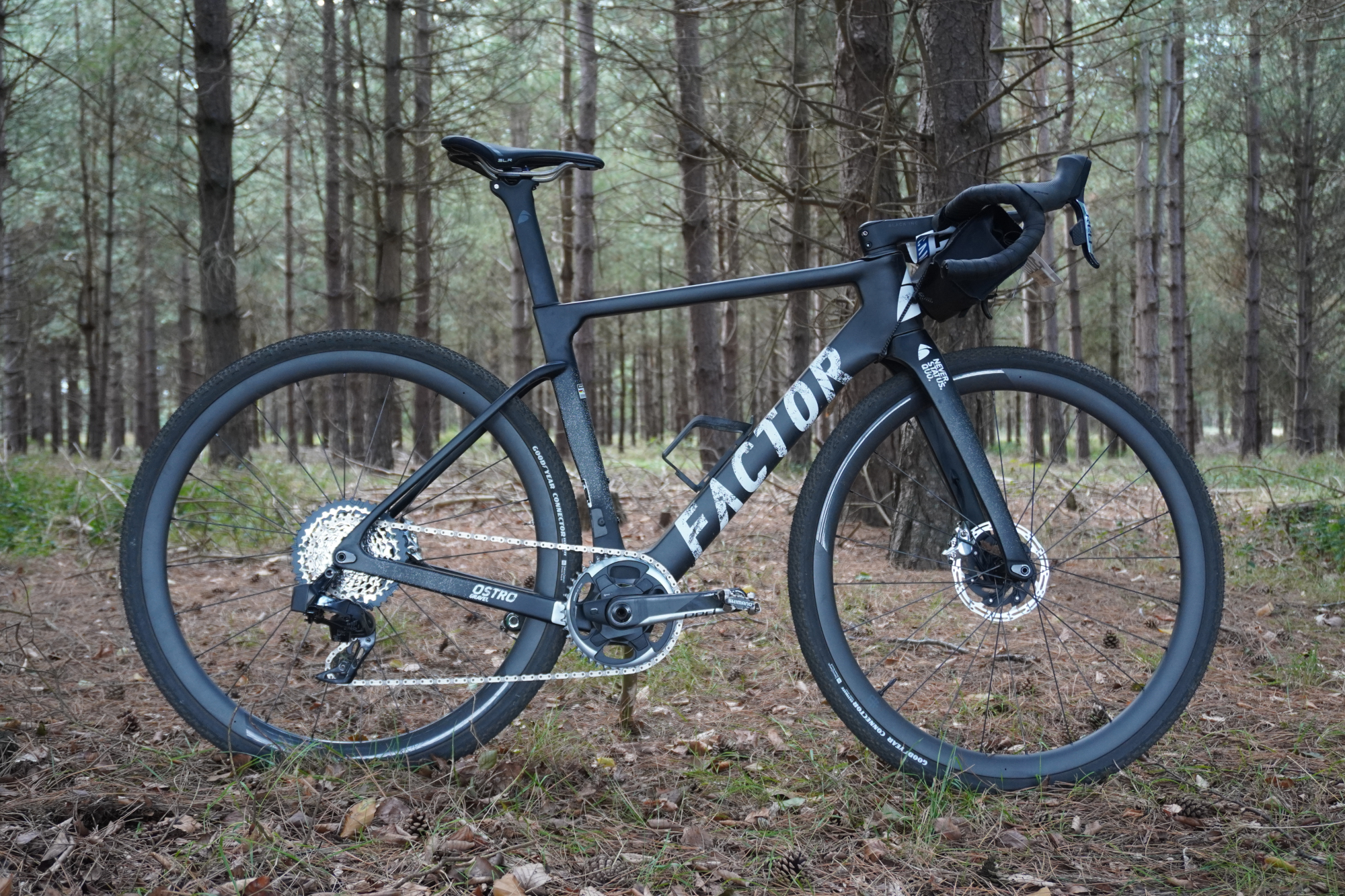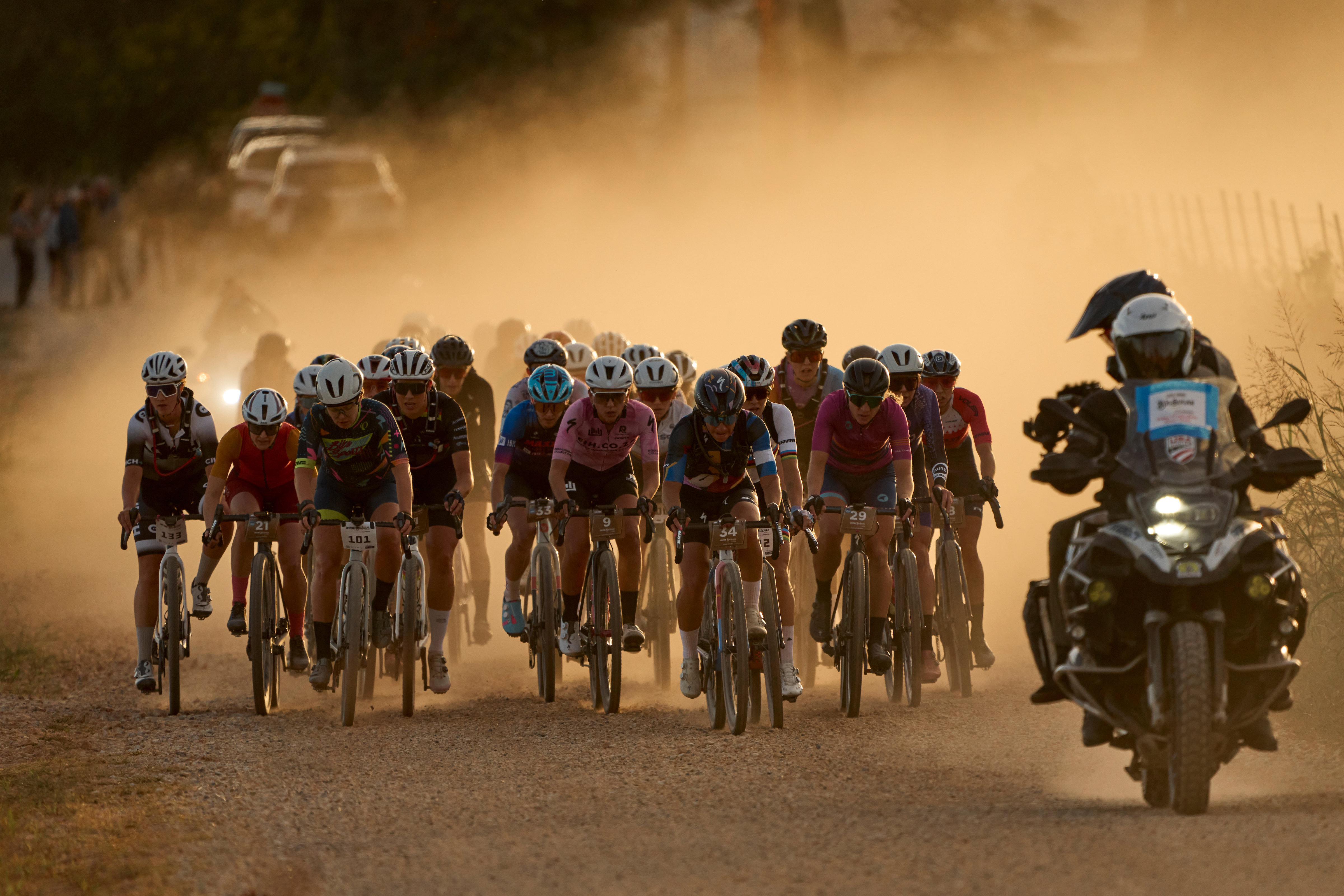
Over the last decade, there has been a big change to what we know and commonly consider to be a gravel bike. In times gone by every brand seemingly had its own take on the then-emerging genre, whereas today gravel bikes usually fit into one of three categories.
All road bikes, which are usually close to an endurance bike geometry with increased tyre clearance, gravel adventure bikes, such as the Wilier Adlar, which tend to be optimized for comfort and handling over speed, and gravel race bikes which generally sit somewhere in between.
But the pinnacle of gravel racing is the UCI Gravel World Championships, which, in its first two editions saw victories once on a road race bike with cyclocross tyres, and once with a gravel adventure bike.
So are the WorldTour riders still getting to grips with the different options, or is the idea of a ‘gravel race bike’ just unnecessary?

The first thing to look at is the geometry characteristics of the bikes in question, and in particular, the head angle. How slack, or slanted the head tube is on a bike affects (amongst other things) the speed of the bike’s handling and its center of gravity. Bikes with a slacker head angle will remain more stable at higher speeds, thanks to a longer wheelbase, however, the trade-off here comes from how quickly the bike will respond to cornering inputs.
“A long wheelbase can really help with stability at higher speeds, and obviously in gravel racing, you often find yourself cornering on loose surfaces at higher speeds, so I definitely look for that” said Tom Couzens, 5th place finisher at the 2023 British National Gravel Championships.

“You want something that you feel grounded upon, but equally, I prefer a steeper head angle to keep the steering a little bit more responsive”.
Cyclocross legend Nick Craig shares a similar view when it comes to quick handling, but explains it can be achieved in other ways too. “I always wanted a responsive front end, but it wasn’t until I rode the slacker head angle in conjunction with a shorter stem and longer top tube that I realized that can feel great, if not better”.

Looking at the gravel race bikes across the market, the main players seem to have reached a relative common ground. The new Canyon Grail, Scott Addict Gravel, and Ridley Kanzo Fast for example all have head angles between 71 and 71.5 degrees - that’s 2 degrees steeper than the Merida Silex which Matej Mohorič rode to victory last September.
Nick Craig explains “If you go too slack, you have to add too much length to the top tube, and increase the wheelbase”. Though stable, this can leave a bike feeling slightly more sluggish - which when racing, isn’t exactly ideal.
Couzens too thinks that the current cohort of gravel race bikes sit in the correct ballpark. “I don't think the current gravel racing demands warrant a slacker head angle than 71 degrees, though it is personal preference”, Tom said, “there are other considerations too, such as the aerodynamic efficiency of the bike”.
This is the other main division between gravel race bikes and adventure bikes - generally they will be more integrated, often featuring one-piece bar and stems, as well as having aerodynamically shaped tubes.

“Gravel and road racing is getting faster. At national championships for example, we averaged around 34kph (21.5mph) and for the longer distance races, aero is certainly a consideration”.
But coming back to why the Gravel World Championships haven’t been won by gravel race bikes for a minute, there is something else at play. Gianni Vermeech opted for a Canyon Aeroad, which he had been racing all year - so it’s highly likely he just didn’t want to change his position. Mohorič on the other hand, rode the bike in conjunction with the Silex’s release, rather than putting any time on a new gravel setup.
It's fair to say that, still in its infancy, gravel racing is still being figured out by the pros. There are still few WorldTour riders taking the discipline seriously, and therefore they are likely looking for the least disruption possible from normal training schedule - and changing bikes can have implications on performance at the top level.
So are gravel race bikes here to stay? We think so. The geometry across brands has started to settle down, and as gravel racing gets quicker and taken more seriously, expect to see more professionals jumping aboard designated gravel speed machines.







